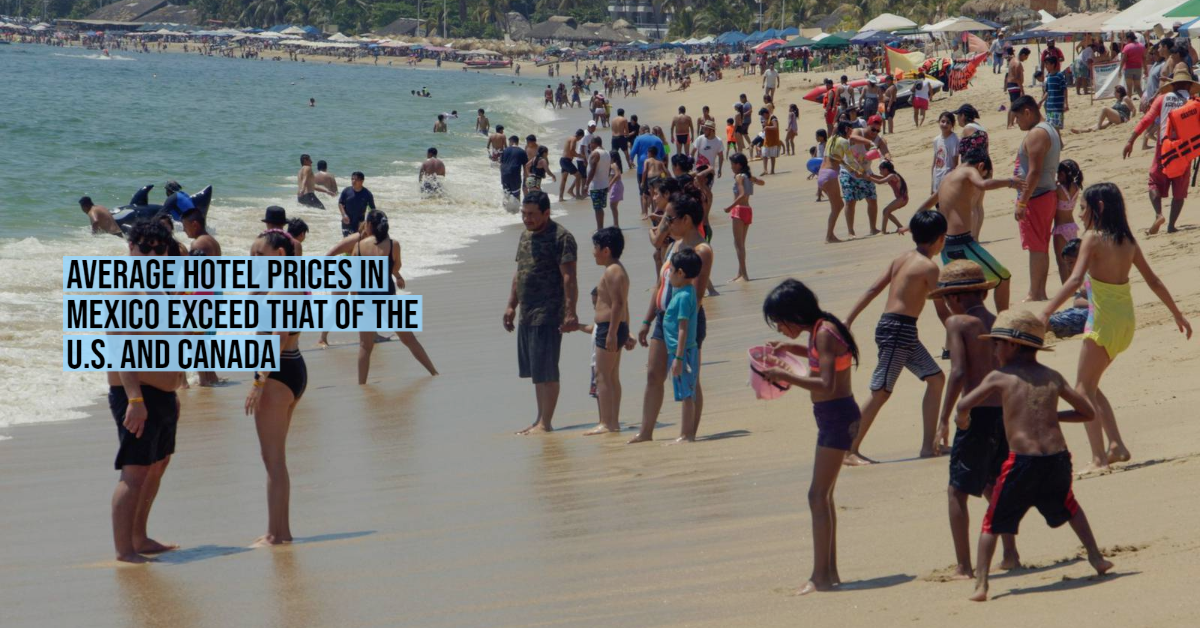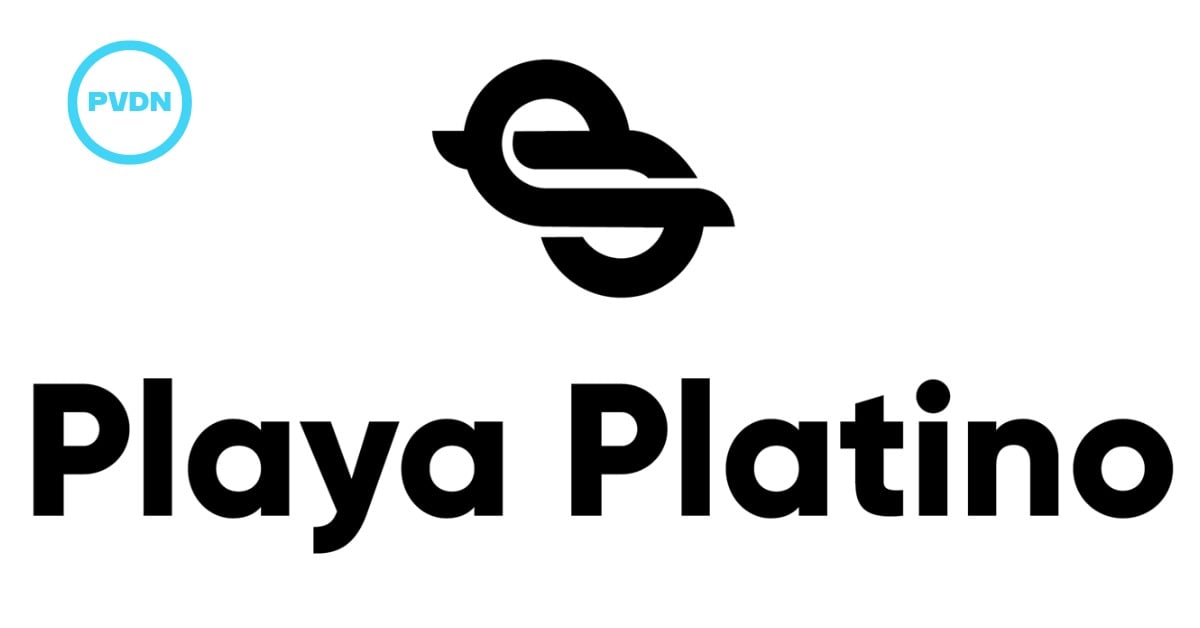The open skies policy and zero restrictions for foreign travelers who wish to vacation in Mexico during the first two years of the coronavirus pandemic are beginning to show their results: According to data from STR, a hotel market data intelligence company, hotels in Mexico abov…





